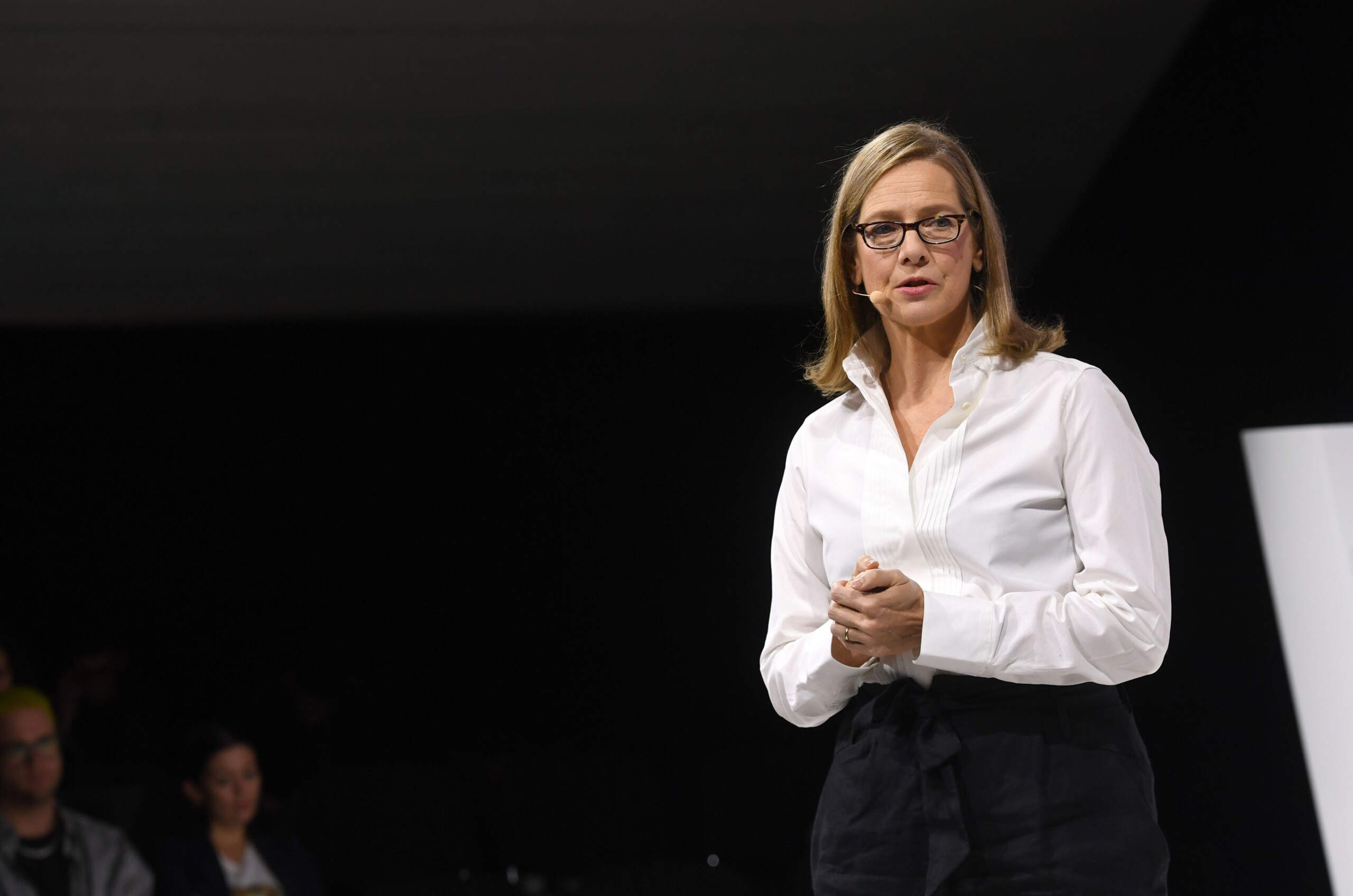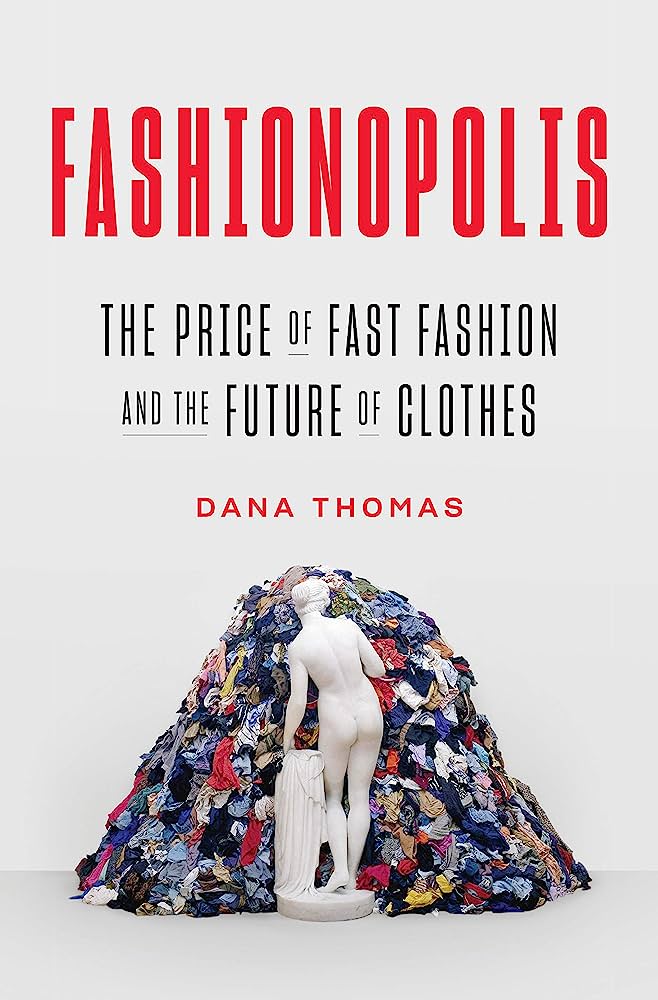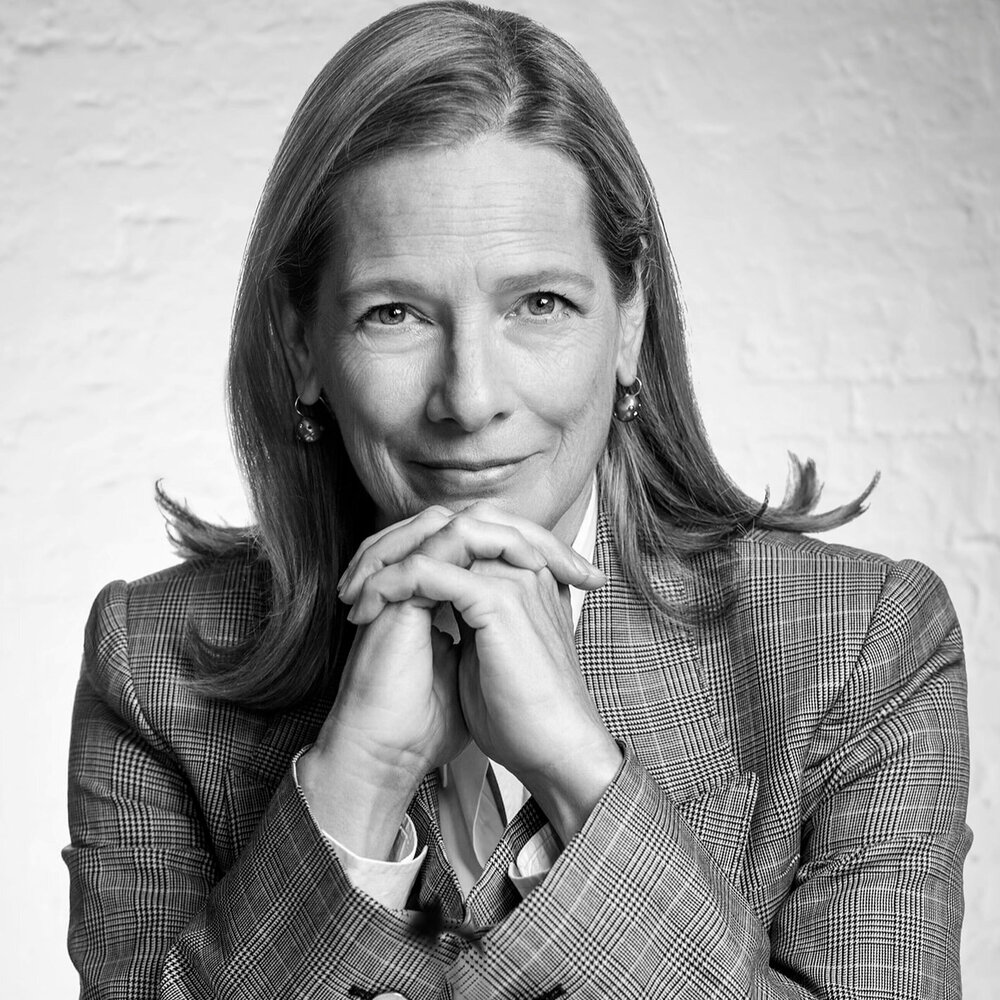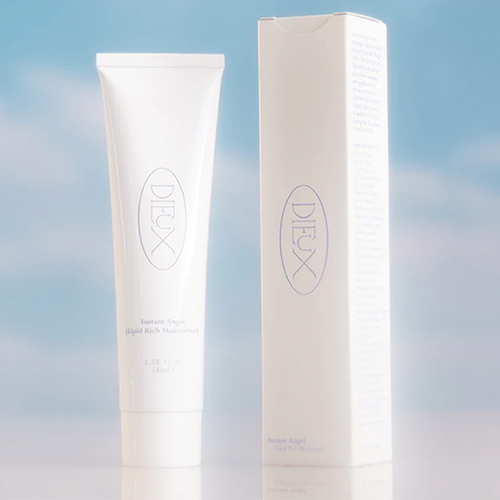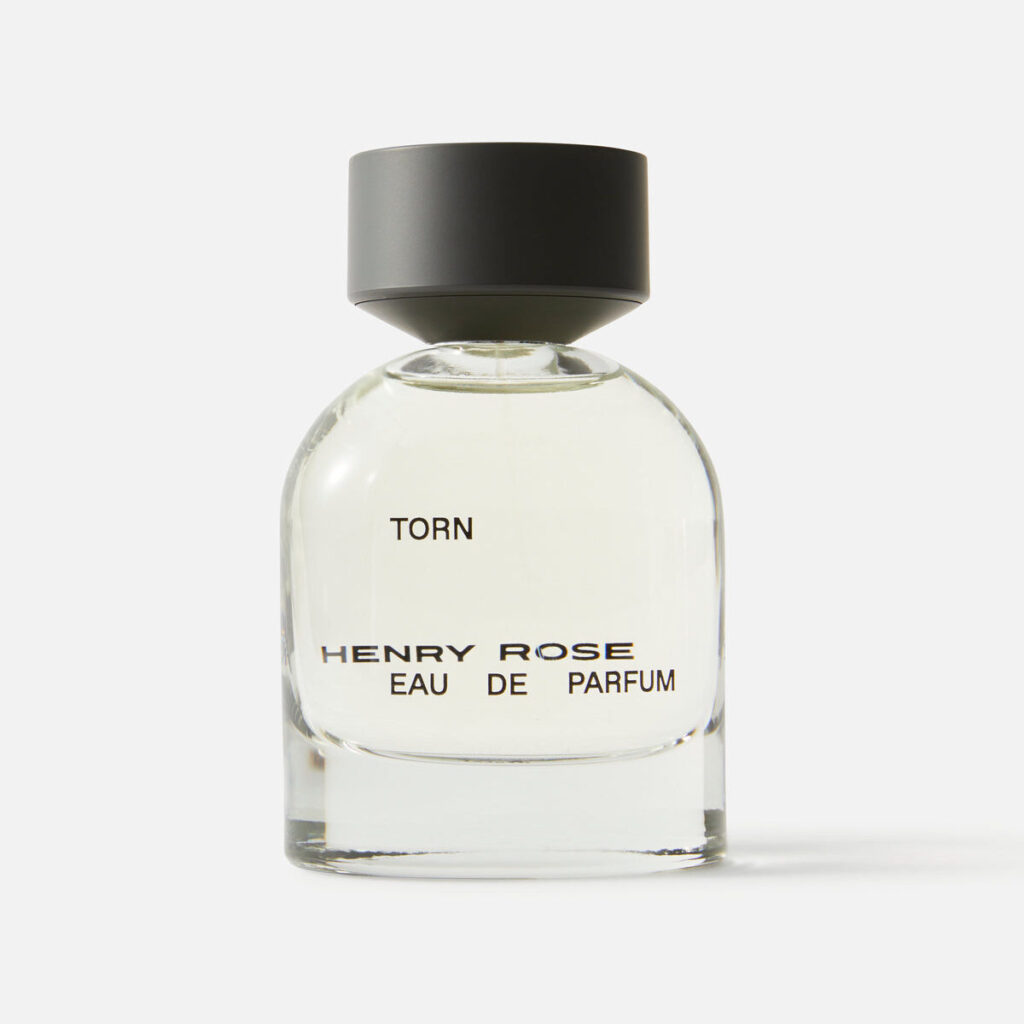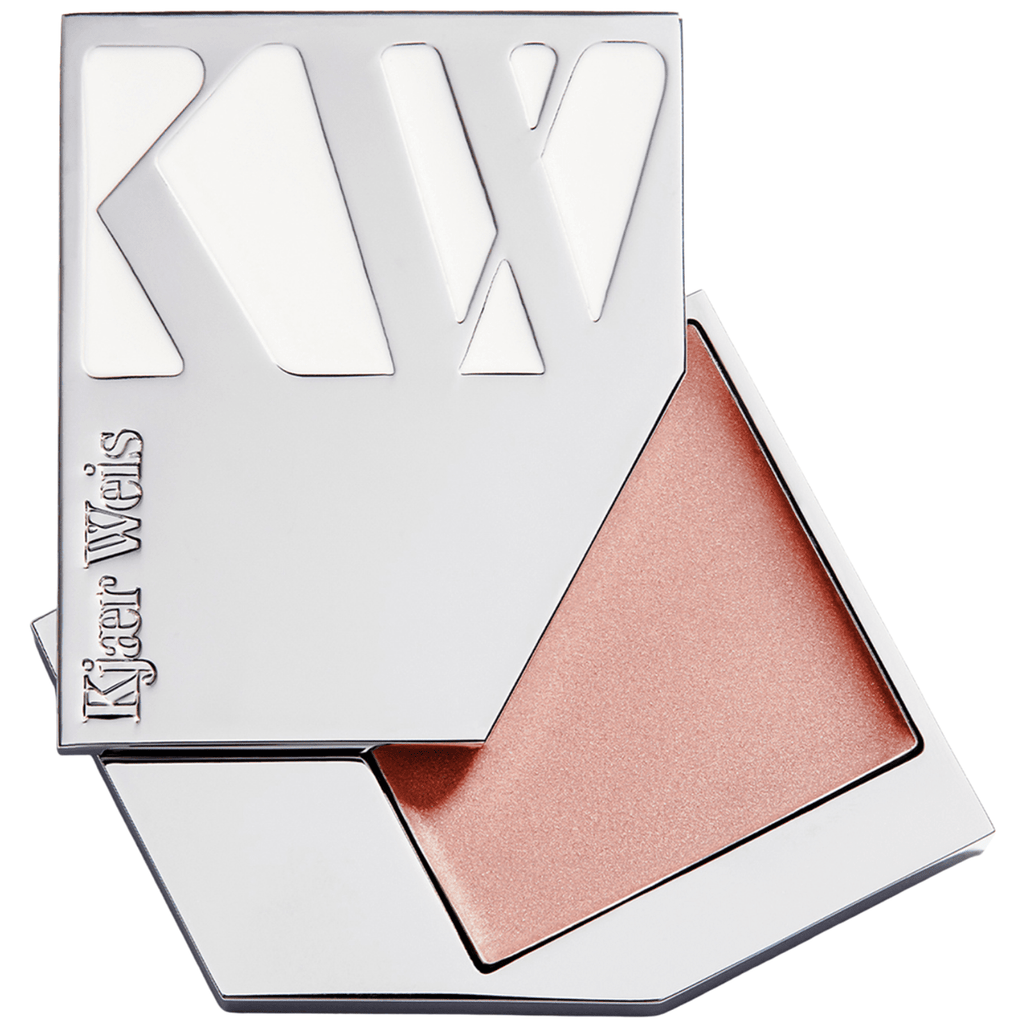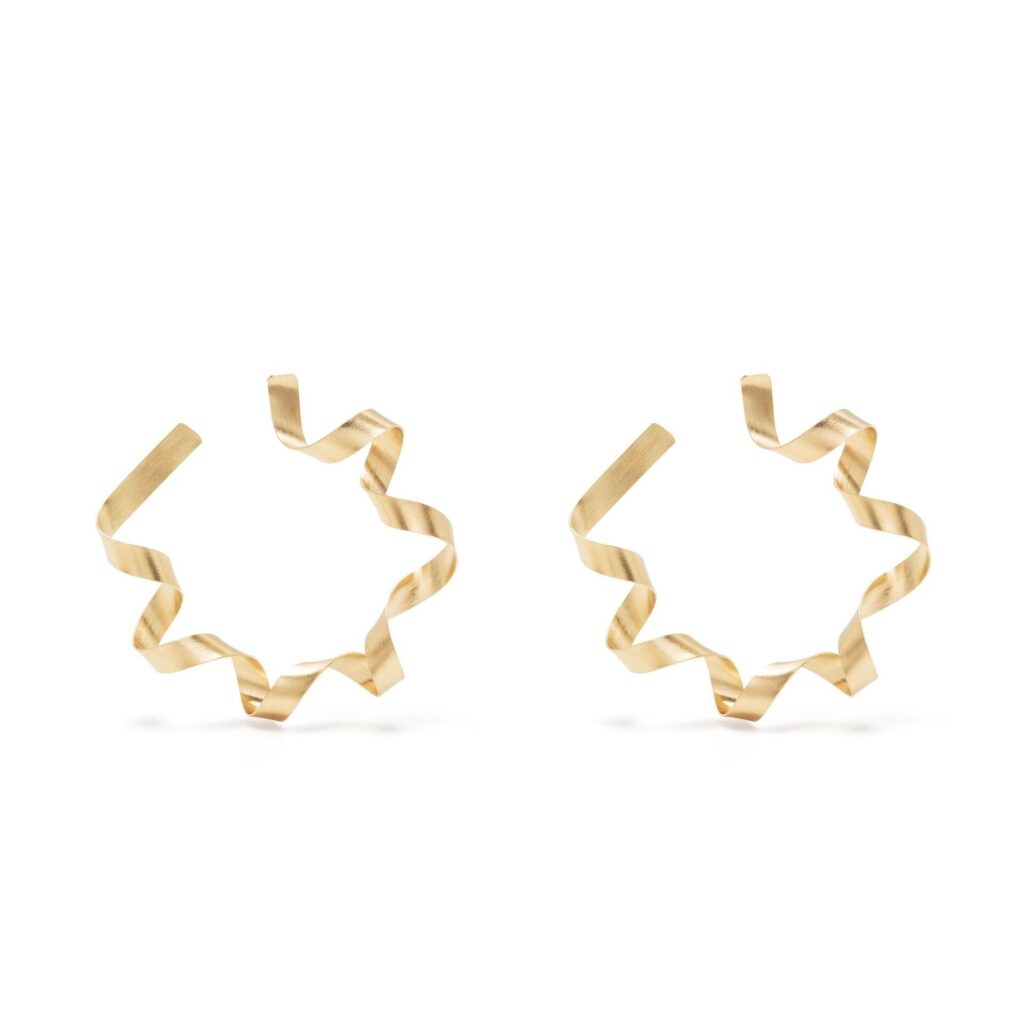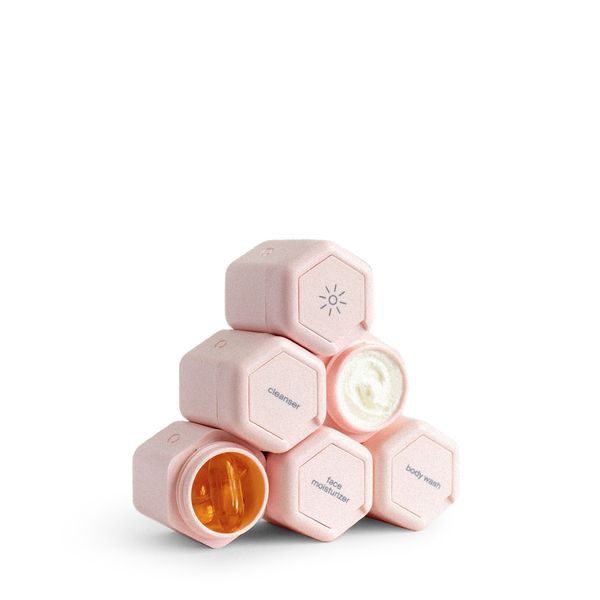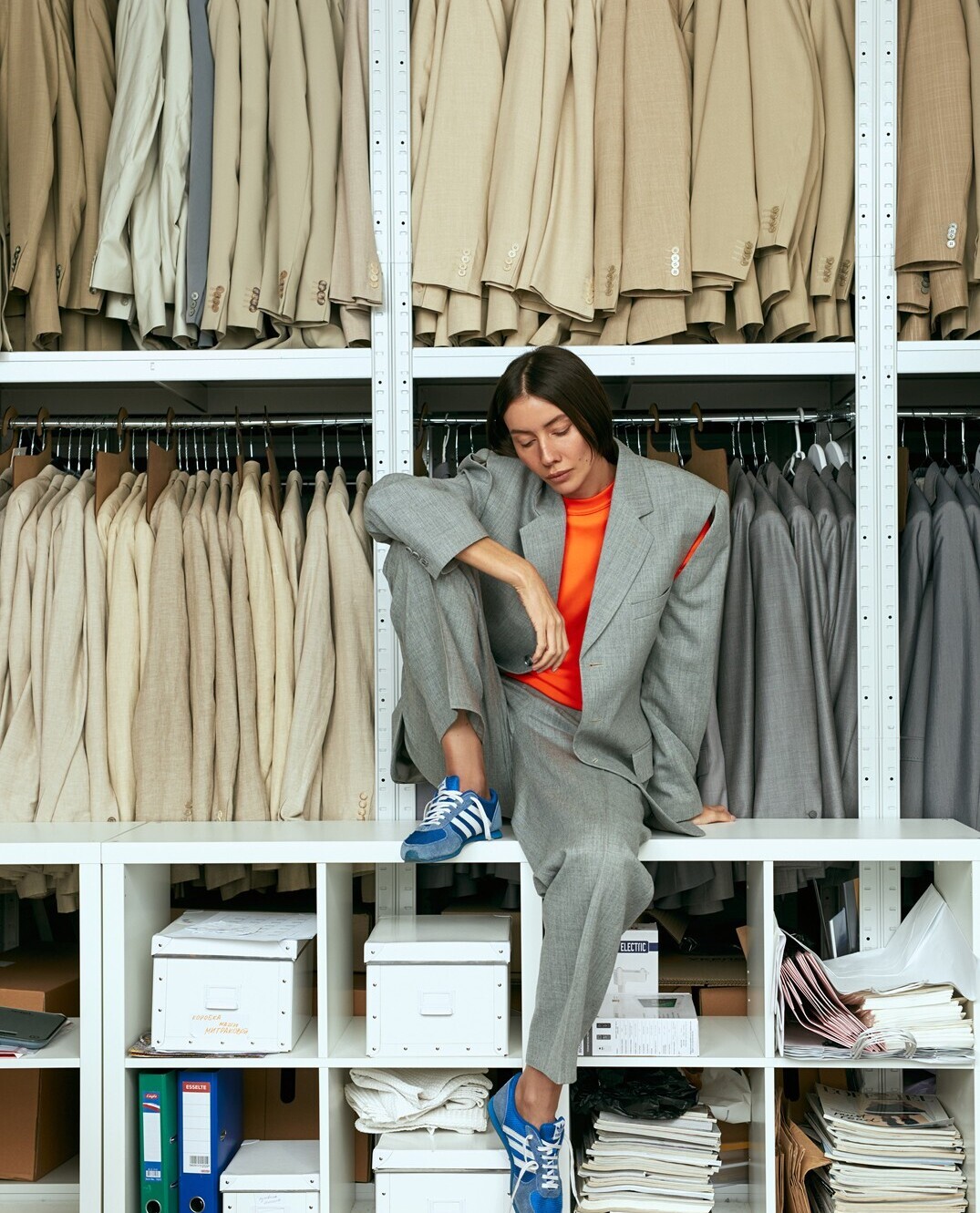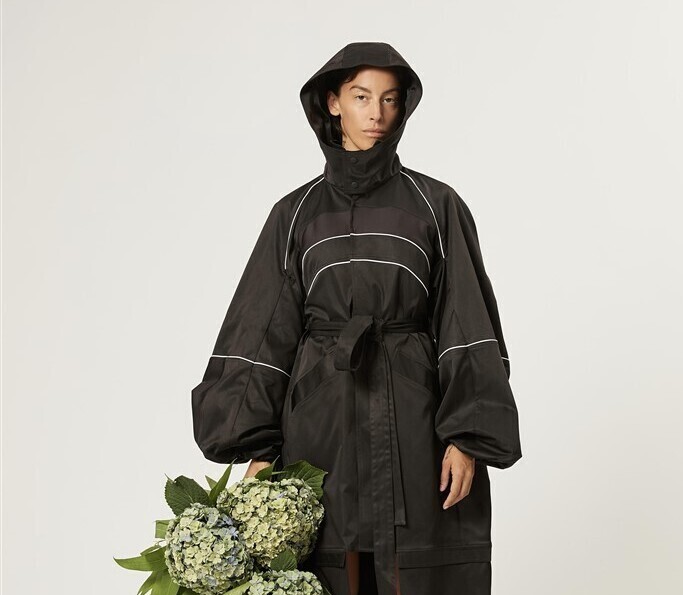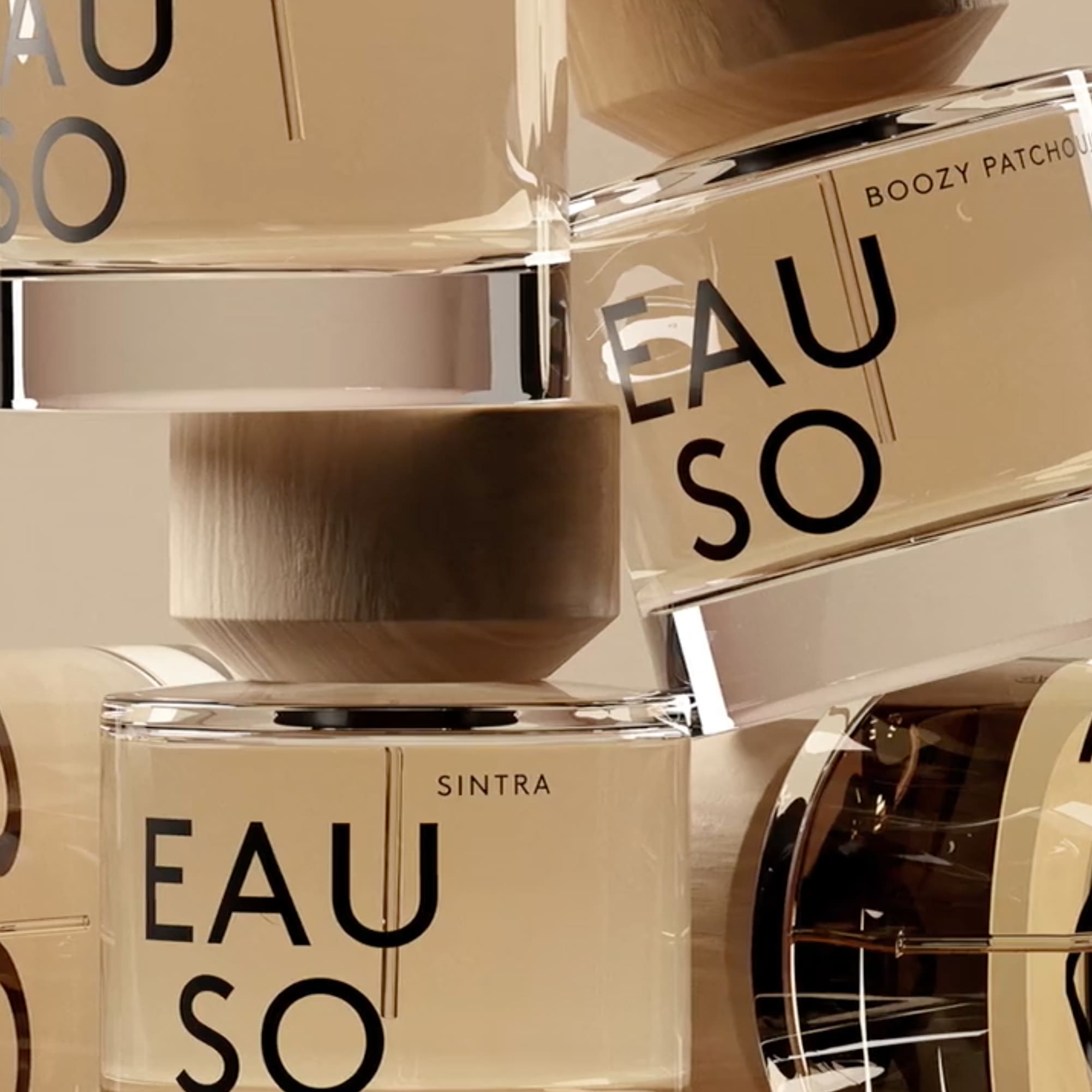the unwash: exclusive interview
Dana Thomas is no stranger to the world of sustainable fashion. The fashion and culture journalist who resides as British Vogue’s European Sustainability Editor sees fashion and clothing as an integral part of our lives with a deep need for sustainable change. Fashion is intertwined with culture and the human experience which Dana dives into through her work as a journalist and New York Times Best Selling author. The Unwash sat down with Dana to discuss her work, the future of the fashion industry, and what living a sustainable lifestyle means to her.
Have you always considered yourself to be an environmentalist? If not, where did the inspiration come from to make this a main focal point of your work?
As a child of the 1970s, environmentalism—or what we called “ecology” back then—has always been a part of my life. Our student teachers were hippies, who took classes outside, to sit on the grass, to learn. We planted trees on Earth Day. My family always had an organic vegetable garden, and so have I. But it has only recently become part of my work because the subject has finally come front and center in the news—finally, the papers have climate desks and climate reporters. And the devastating impact the fashion industry has on the planet can no longer be ignored. I have long covered fashion as a serious news beat, with an investigative journalism approach—thanks to my upbringing at the Washington Post in the late 1980s and early 1990s. For a long time, I was the only one reporting on the subject in that manner. But with the Paris Climate Agreement, and pending legislation in Europe and the US, the environment is becoming a central part of covering fashion—including digging up the stuff that the brands don’t want consumers to see. It’s kept me busy!
“There are a slew of young people who are coming into fashion now with a greener point of view. Sustainability and the environment are a central part of fashion school education—it’s embedded in students’ practices from day one. So I think the question should be: who is not changing?” – Dana Thomas, UK Vogue’s European Sustainability Editor & NYT Best Selling Author
Continuing off the first question, what made you want to have such a large focus on sustainability within the fashion industry?
The more I became aware of the damage fashion has on the planet and people, the more it became clear to me that the subject needed serious attention. Consumers should know how their purchases support this polluting machine.
As someone within the industry, where do you see fashion at large going in terms of sustainability?
I actually don’t work “within” the industry; I stand outside of it and observe it. What I see is a lot of greenwashing—a lot of talk, not a lot of action that will actually affect positive change. Fashion companies make a lot of money with their current business model; they don’t want to change, and make less money. So they aren’t, really.
Are there any emerging designers that you think people should really have an eye on right now?
There are a slew of young people who are coming into fashion now with a greener point of view. Sustainability and the environment are a central part of fashion school education—it’s embedded in students’ practices from day one. So I think the question should be: who is not changing? And that would be most everyone over 40, most of the household names, except of course the leading voices in the movement, such as Stella McCartney and Gabriela Hearst. I don’t hear Marc Jacobs or Dries Van Noten or Nicholas Ghesquiere talking about the environment. Ever.
Anything having to do with the environment and climate change can be so daunting – especially having a career that is centered around this, how do you find positivity and light within such heavy topics?
I’m an optimist at heart. Tomorrow will always be better; we can improve or fix anything if we set our minds to it. And I find great inspiration in changemakers doing good works, as I prove in my book Fashionopolis. I spotlight many in the book, like Natalie Chanin of Alabama Chanin, and Sarah Bellos of Stony Creek Colors, and Stacy Flynn of Evrnu. And of course, I find uplifting stories for The Green Dream, too. In every area—from diamonds made of carbon to clean aviation. That’s why I call it the Podcast of Hope. We have enough doom-and-gloom in the news. I look for the positive stories.
Out of all of the great conversations you’ve had on your podcast, which episode would you suggest first for someone new to learning about sustainability?
I think the one with Amber Valletta, the supermodel-turned-activist, is truly informative and inspiring. She talks about the heavy stuff but in an accessible way. And she shows that anyone can get involved and have a positive impact.
What does sustainability look like to you within your daily life?
I bike wherever I am—in Paris, where I live; in Milan, New York, and London, when I travel. As I said, I have an organic garden in the country (and a compost pile), and when I’m in the city, I shop on Sundays at the organic market. I shop my closet—I keep my clothes and re-wear them for years. The other night, I wore a 25-year-old dress to dinner, and everyone loved it and said it was so chic. I have shoes resoled. I buy well—no fast fashion in our house. We recycle, of course, and turn old sheets, towels, and T-shirts into rags. There’s always a pile of mending to be done. I use environment-friendly detergents, and biodegradable, natural shampoo and soap. If I have the choice between a train and a plane, I always take a train. I drive old cars—a 1964 Mustang, and a 1968 Fiat, which only has two cylinders, and requires a visit to the gas station twice a year. Though the next cars will be electric. I wish the Mustang EV wasn’t so ugly!
Whether you’re a fashion aficionado or a sustainability newbie, Dana’s work offers a unique perspective and profound depth to expand our viewpoints on large-scale topics. The Green Dream Podcast with Dana Thomas brings in a variety of guests to discuss sustainability, science, and fashion, and how they intertwine with our personal experiences. Her latest book Fashionopolis: The Price of Fast Fashion and the Future of Clothes discusses the real, human price of fast fashion, providing a deeper understanding of the larger implications the fashion industry has. All of which are topics she dives into in her newly launched newsletter The Style Files. Sustainability looks and feels different to everyone, being embodied in a multitude of ways, how Dana has honed in on the fashion industry opens up the conversation for deeper change.
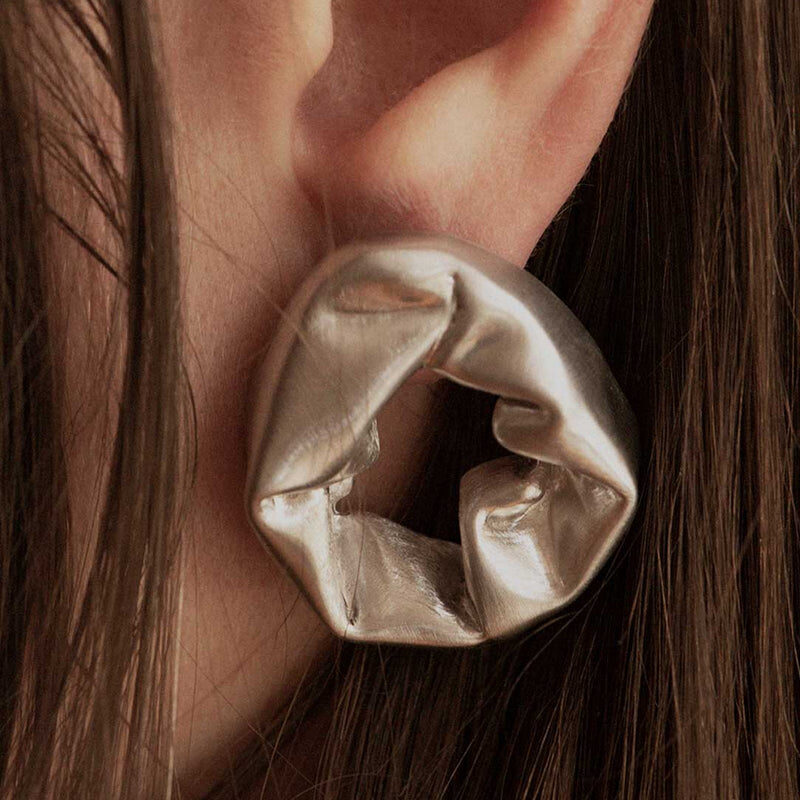
01
Completedworks
Completedworks uses reclaimed, recycled, and ethically sourced materials such as marble, glass, bio-resin, and silver. The brand proves you don’t have to compromise design and style for sustainable practices but rather that the two can work in harmony to create timeless, wearable pieces. Sustainability is at the core of the brand’s ethos and the brand is committed to ensuring there is little to no negative environmental impact resulting from its products.
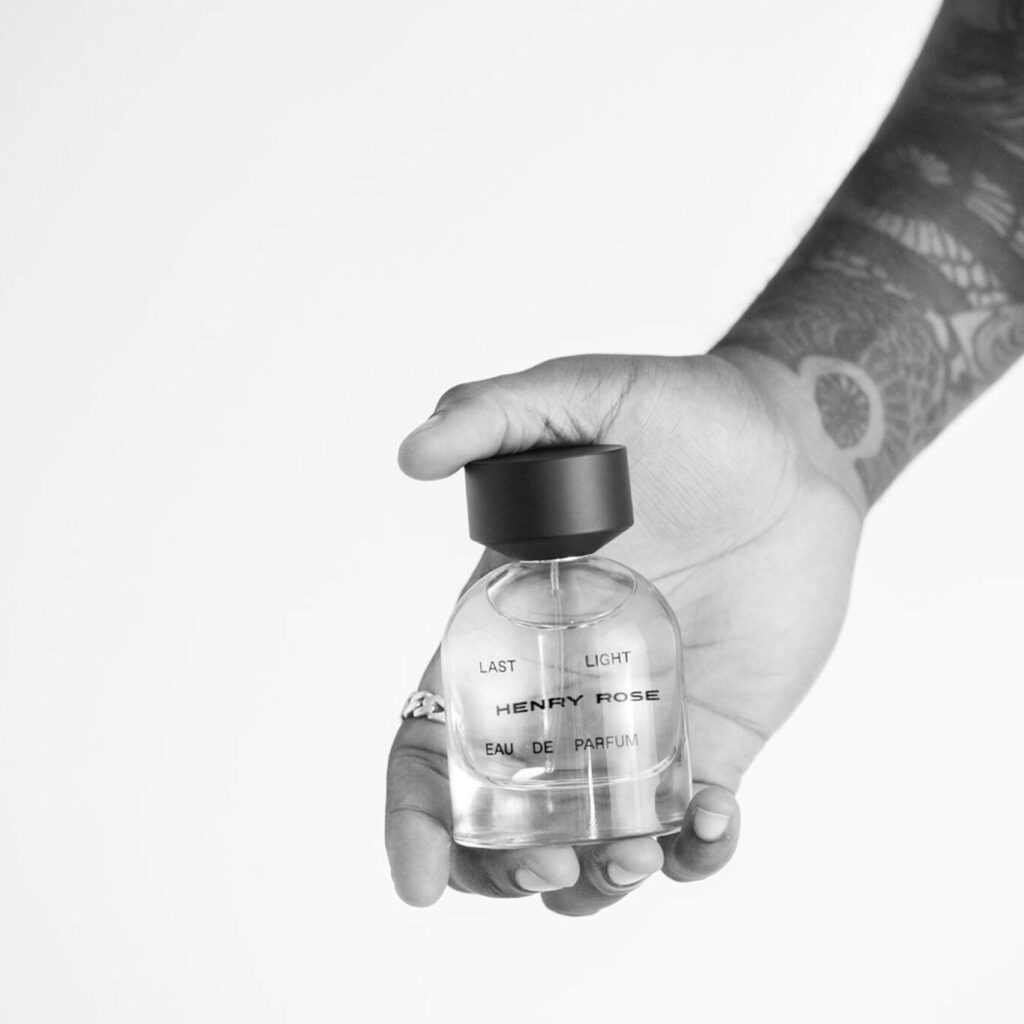
02
Henry Rose
Henry Rose has three main mission pillars: ingredients, environmental, and social responsibility. The brand’s fragrances are nearly 99% biodegradable, and all the bottles are made from 90% recycled glass. The caps are derived from compostable soy, and all of the outer packaging is recyclable. The fragrance line was founded by Michelle Pfeiffer, and committed to environmental responsibility and creating a quality, long-lasting product.
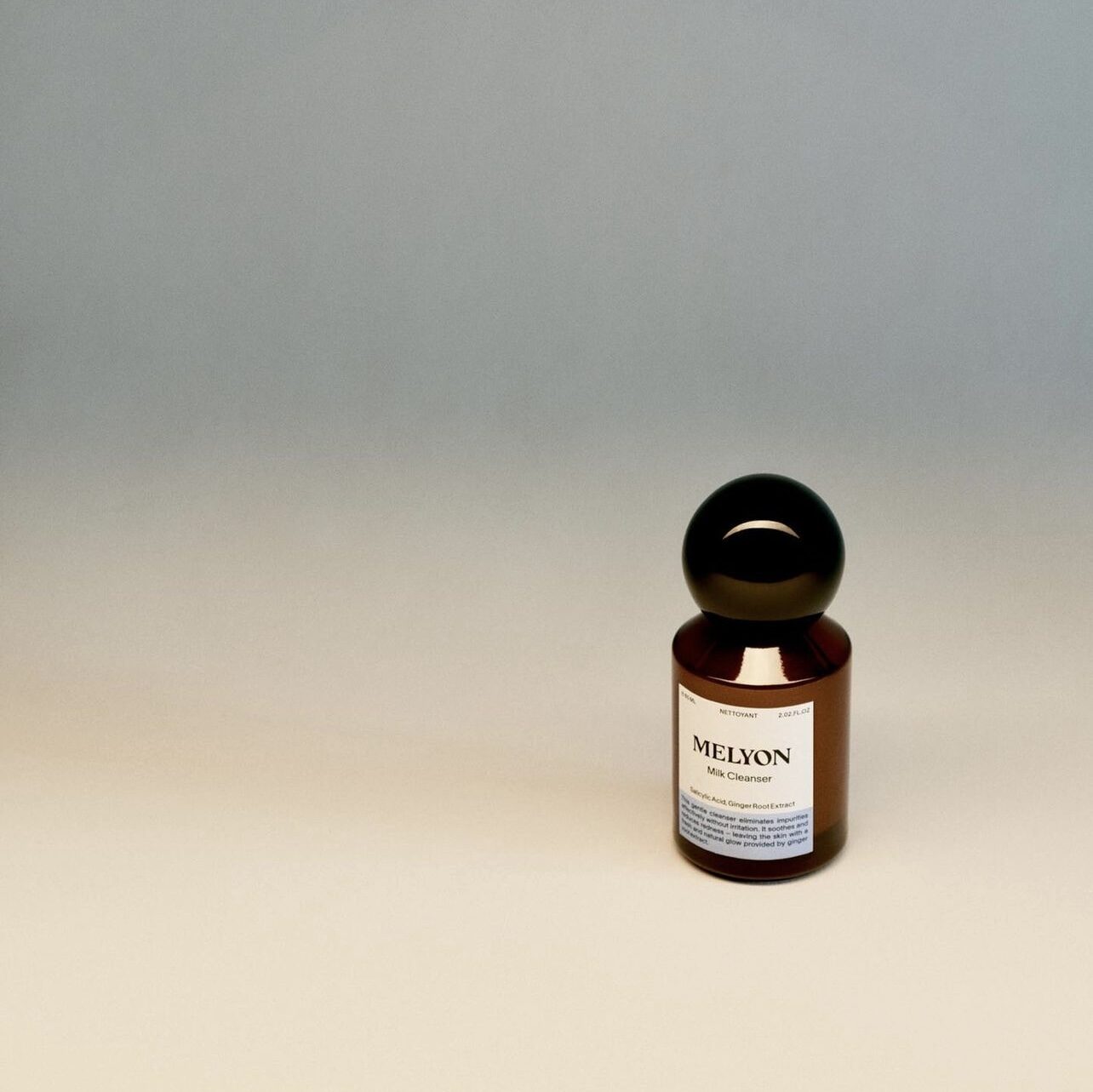
03
Melyon
Melyon is a Swedish skincare brand based out of Stockholm that is focused on inclusivity, sustainability, and ethical sourcing. Founded by Roger Dupé, an immigrant from Western Africa, Roger was inspired by his roots to create a skincare line that had people of color in mind and wanted them to feel as if this was a skincare line specifically for them and the needs of darker skin. The brand’s products transcend any ideas about beauty standards and rather embody an aura of accessibility and inclusivity around beauty.
